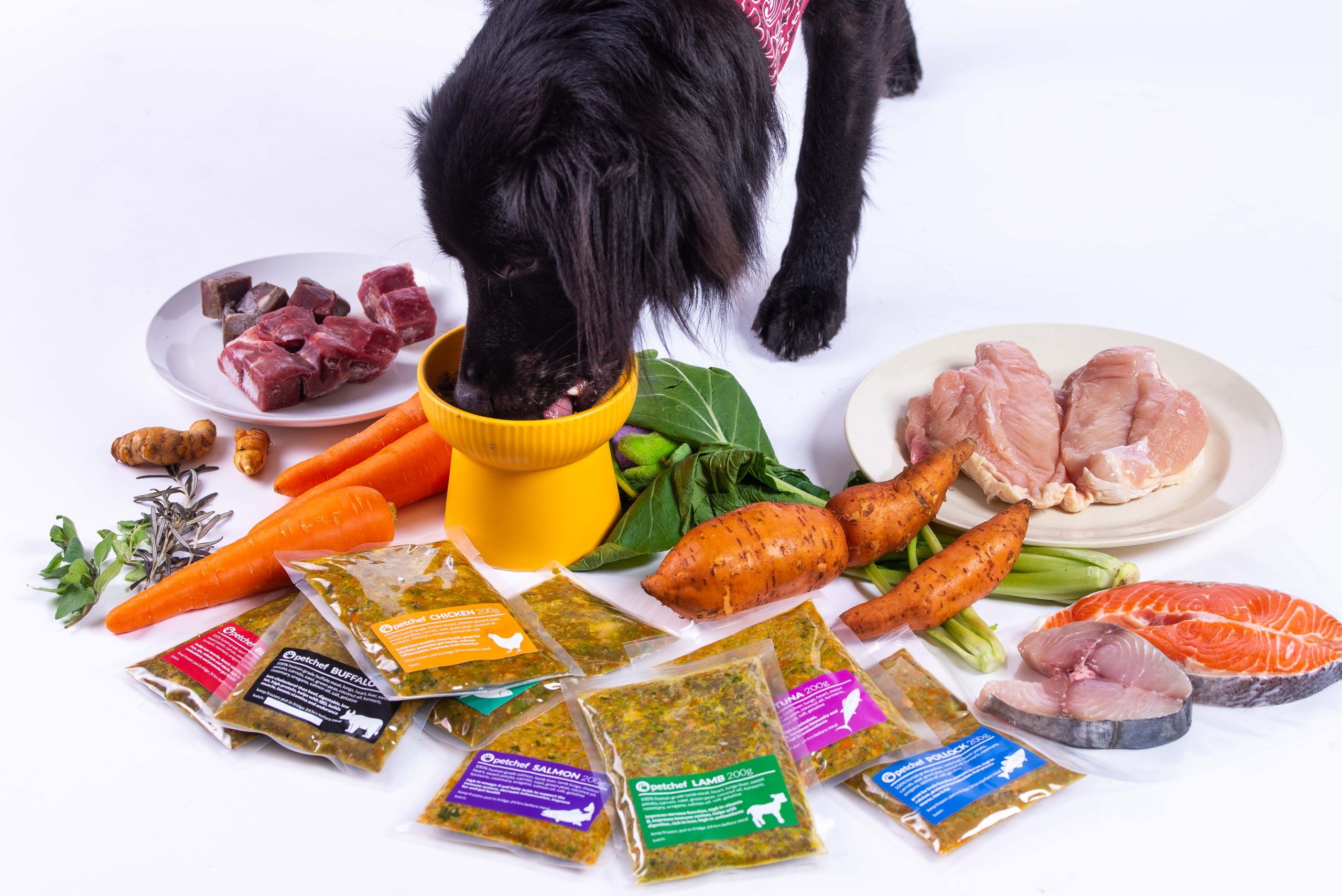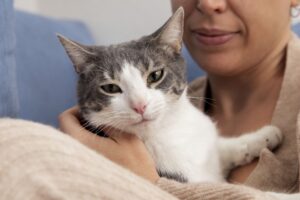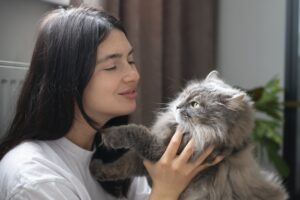Selecting the right food for your feline companion is a crucial aspect of responsible pet ownership. The age-old debate between wet cat food and dry cat food has left many cat owners pondering the best choice for their furry friends. In this comprehensive exploration of cat food types, we will delve into the intricacies of wet food vs dry food, analyzing the merits and drawbacks of each to empower you to make an informed decision regarding your cat’s diet.
1. Understanding Cat Food Types
Cat Food Essentials
Before we embark on the wet food vs dry food discussion, it’s imperative to grasp the fundamentals of cat food. Tailored to meet the dietary needs of obligate carnivores, cat food typically comprises a mix of proteins, fats, carbohydrates, vitamins, and minerals to support overall health.
2. Wet Food: Pros and Cons
Analyzing Wet Cat Food
Wet cat food, often referred to as canned or moist cat food, boasts a unique set of advantages and drawbacks.
Pros of Wet Cat Food
Hydration Boost:
Wet cat food serves as an excellent source of hydration due to its high water content. This proves beneficial for cats that may not consume sufficient water independently, promoting kidney health and averting urinary tract issues.
Palatability and Texture:
Many cats are drawn to the appealing texture and taste of wet food. The diverse flavors and textures available cater to even the pickiest eaters, making it an ideal option for cats with discerning taste preferences.
Suitable for Cats with Dental Issues:
Cats with dental problems or missing teeth often find wet food more manageable to consume than dry kibble. The softer texture necessitates less chewing, rendering it suitable for cats with oral health concerns.
Cons of Wet Cat Food
Short Shelf Life:
Once opened, wet cat food has a limited shelf life and must be refrigerated. This can be inconvenient for those who prefer bulk purchases or for cats who do not consume an entire can in one sitting.
Potential for Mess:
The moist nature of wet cat food can lead to messier meal times. Cats may scatter food particles, and uneaten portions can dry out or attract pests. Proper storage and cleaning practices are essential when feeding wet food.
Higher Cost:
Generally, wet cat food tends to be more expensive per serving compared to dry cat food. This financial aspect can be a significant consideration for budget-conscious cat owners.
3. Dry Food: Pros and Cons
Scrutinizing Dry Cat Food
Dry cat food, commonly known as kibble, has long been a staple in many cat households. Let’s explore the advantages and disadvantages of this convenient option.
Pros of Dry Cat Food
Convenience and Storage:
Dry cat food is exceptionally convenient for busy cat owners. Its longer shelf life, lack of need for refrigeration, and suitability for free-feeding make it a practical choice for many households.
Dental Health Benefits:
The act of chewing dry kibble can contribute to better dental health for cats. The abrasive texture aids in reducing plaque and tartar buildup, promoting healthier teeth and gums—an essential component of overall cat well-being.
Cost-Effective Option:
Dry cat food is generally more cost-effective per serving, making it an attractive choice for cat owners on a budget. Bulk purchases are often an option, providing additional savings.
Cons of Dry Cat Food
Lower Moisture Content:
One of the primary drawbacks of dry cat food is its lower moisture content. Cats, not always efficient water drinkers, may face dehydration issues with a diet primarily consisting of dry kibble. Ensuring adequate water intake is crucial.
Preservative and Additive Concerns:
Dry cat food frequently contains preservatives and additives to extend shelf life and enhance flavor. Some cats may be sensitive or allergic to certain additives, leading to digestive issues or allergies.
Less Palatable for Some Cats:
While many cats enjoy the crunchiness of kibble, some may find it less palatable than wet food. This can be a concern for picky eaters or cats with specific taste preferences.
4. Crafting an Optimal Cat Diet
Balancing Wet and Dry Food
Now that we’ve explored the pros and cons of both wet and dry cat food, the key lies in crafting a balanced and optimal diet for your feline friend.
Consider Your Cat’s Health Needs
Consult with Your Veterinarian:
Before making significant changes to your cat’s diet, consult with your veterinarian. They can provide insights into your cat’s specific health needs, including weight management, dietary restrictions, and any existing health conditions.
Understand Your Cat’s Preferences:
Pay attention to your cat’s preferences. Some cats may thrive on a combination of wet and dry food, allowing you to provide variety in flavors and textures while addressing their nutritional needs.
Monitor Weight and Hydration:
Regularly monitor your cat’s weight and hydration levels. Adjust their diet as needed to maintain a healthy weight and ensure they are adequately hydrated, especially if they primarily consume dry food.
Conclusion
In conclusion, the wet food vs dry food debate ultimately boils down to understanding your cat’s individual needs, preferences, and health requirements. Both options have their merits and drawbacks, and a balanced approach may be the key to a well-rounded and satisfying diet for your feline companion. By considering the pros and cons outlined in this guide and consulting with your veterinarian, you can make informed decisions to ensure the optimal health and happiness of your beloved cat.
**
Kibbles may seem like a quick and easy convenience but it could cause health problems to our furkids in the long run. Sometimes, going the extra mile in providing the best nutrition would also mean giving them the best quality of life. And if it’s within our means, why not?
Hence, here at Petchef we believe that preparing fresh food for our pets should not be too inconvenient and pricey. All that’s required is for you to tell us all about your furkid, and we’ll work out a suitable meal plan with you.
Besides having more than 6 different menus to choose from, we’ve also got delicious treats too! So we’d probably be able to satisfy your furkid’s craving for variation.



















